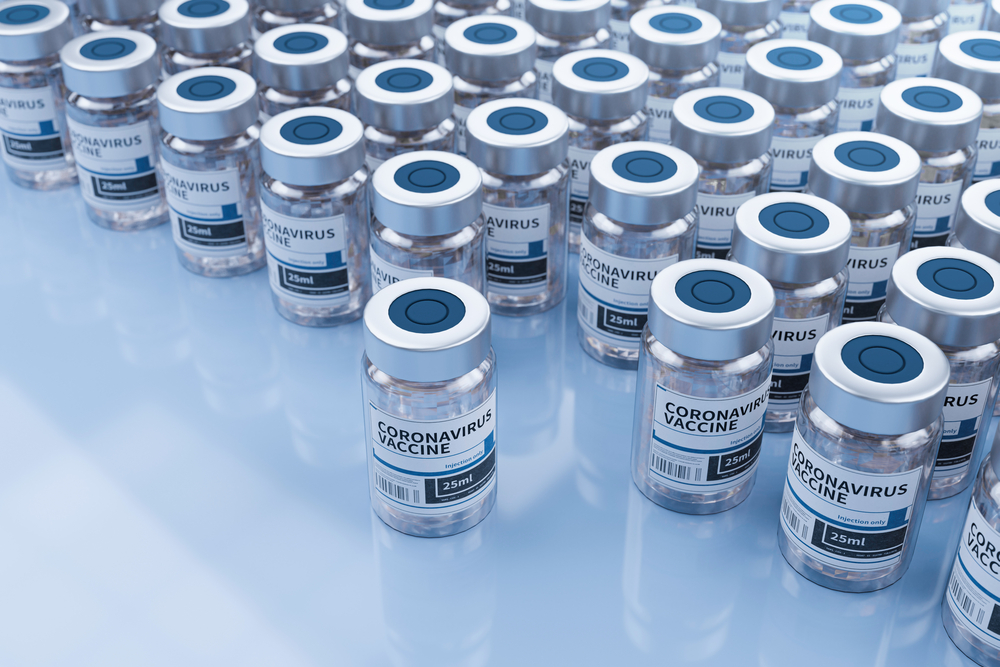A fair future
The containment of infectious diseases is perhaps the purest example of a global public good. In a pandemic, no one anywhere is safe until everyone everywhere is safe, and it is in all our interests that the whole world is vaccinated against a virus as rampant as COVID-19. And it should be in every government’s interest to stop any country pursuing beggar-thy-neighbour policies that would restrict the flow of diagnostic treatments and life-saving vaccines across the world. Put simply, this is a global problem that requires a global solution.
All the instruments for containing the disease are in place. Working close to the World Health Organization, the Access to COVID-19 Tools Accelerator is coordinating the supply of diagnostics and treatments; the WHO has recently updated its vaccination plan; and the global bulk-purchasing COVAX facility and the COVID-19 Africa Vaccine Acquisition Task Team, known as AVATT, are there to distribute vaccines to the countries that need them most, and World Bank support can build the capacity of countries to administer them.
But in the ‘arms’ race to inoculate the world, we are losing badly, and our failure to do so is at the expense of our collective safety. While 60–70% of all western adults have been fully vaccinated, only 4% of African adults and just 2% in low-income countries have received the shots they need. The world is now unjustly divided between the vaccine rich who are immunised and currently safe, and the vaccine poor whose lives continue to hang in the balance.
This callous betrayal of the Global South cannot now be attributed to a shortage of vaccines. Instead, the Global North is stockpiling them and even when it holds a surplus of vaccines and has signed delivery contracts it does not need, it is failing to send unused vaccines south.
Vaccine hoarding
This de facto hoarding of vaccines in the Global North that should now be airlifted to the Global South should raise profound moral questions about our ability to come together as an international community. People are right to ask that if the world cannot carry out the relatively straightforward task of distributing vaccines to those who need them when we have the supplies to do so, then what faith can people have that we can respond to other global challenges from climate change to nuclear weapons proliferation?
Our failure is all the more unforgivable because of the gap between the promises the richest countries have made and the reality on the ground. Hosting the G7 summit in June, UK prime minister Boris Johnson promised the West would ensure the vaccination of the world by 2022. At the global COVID-19 summit, which US president Joe Biden convened in September, a promise was made to vaccinate 40% of low-income countries by the end of 2021 and 70% by next September.
To its credit, the US has led the way by offering a total of one billion vaccines by next September, with the European Union donating around 450 million and other countries such as Japan, the UK, Canada and Norway offering donations. But most of the pledges are for 2022 and not 2021, and there is still no detailed month-by-month plan for transferring vaccines from countries with unused stocks. And although the main global institutions – the WHO, the World Trade Organization, the International Monetary Fund and the World Bank – are making valiant efforts to maximise vaccine donations, only the leaders of the richest countries who over-ordered and are now being oversupplied can release the unused stocks to the countries that need them most.
But there is a way forward. In addition to an immediate airlift of 240 million vaccines that are available now, another 212 million unused vaccines can be sent out by the end of November with 150 million more in December, 280 million in January and 245 million in February. Through COVAX and AVATT, doses can be distributed to the countries that need them.
And the opportunity to move quickly is with us now because of the vast pick-up in global manufacturing. Six months ago, 500 million vaccines a month were being manufactured, now it is 1.5 billion, and by January, the figure will be 2 billion – enough doses to contain the pandemic. As the science fiction writer William Gibson wrote, “the future is already here … it’s just not evenly distributed.” If we want to prevent Gibson’s dystopia, then we must act now and share vaccines equitably. ▪












